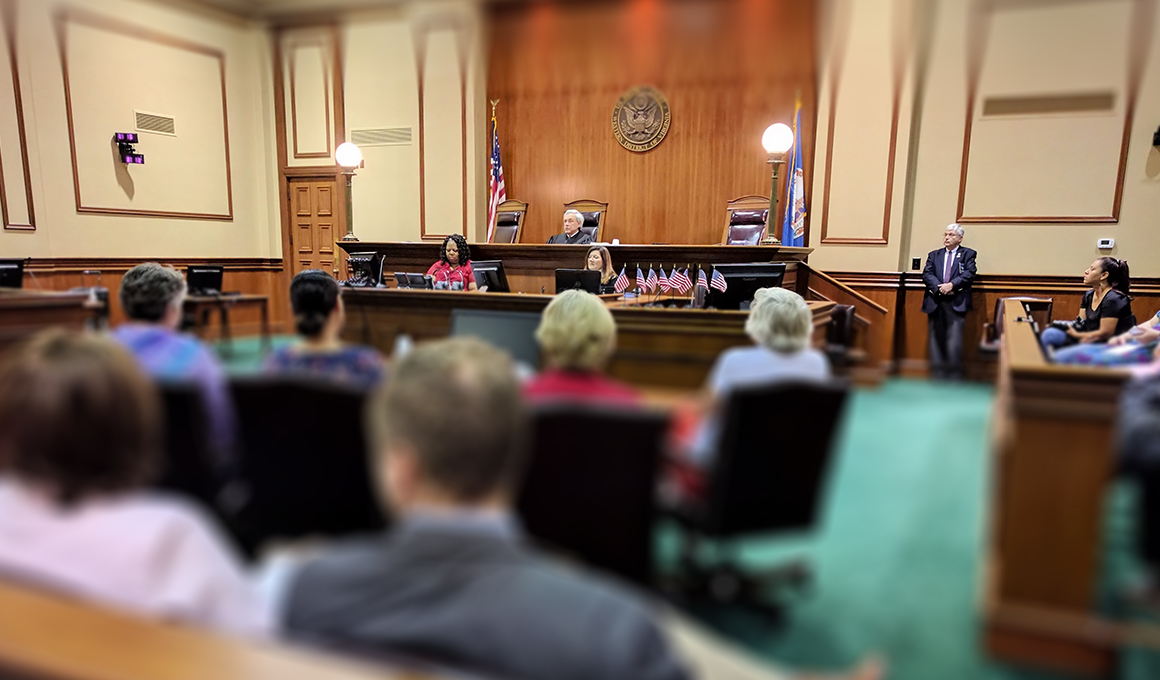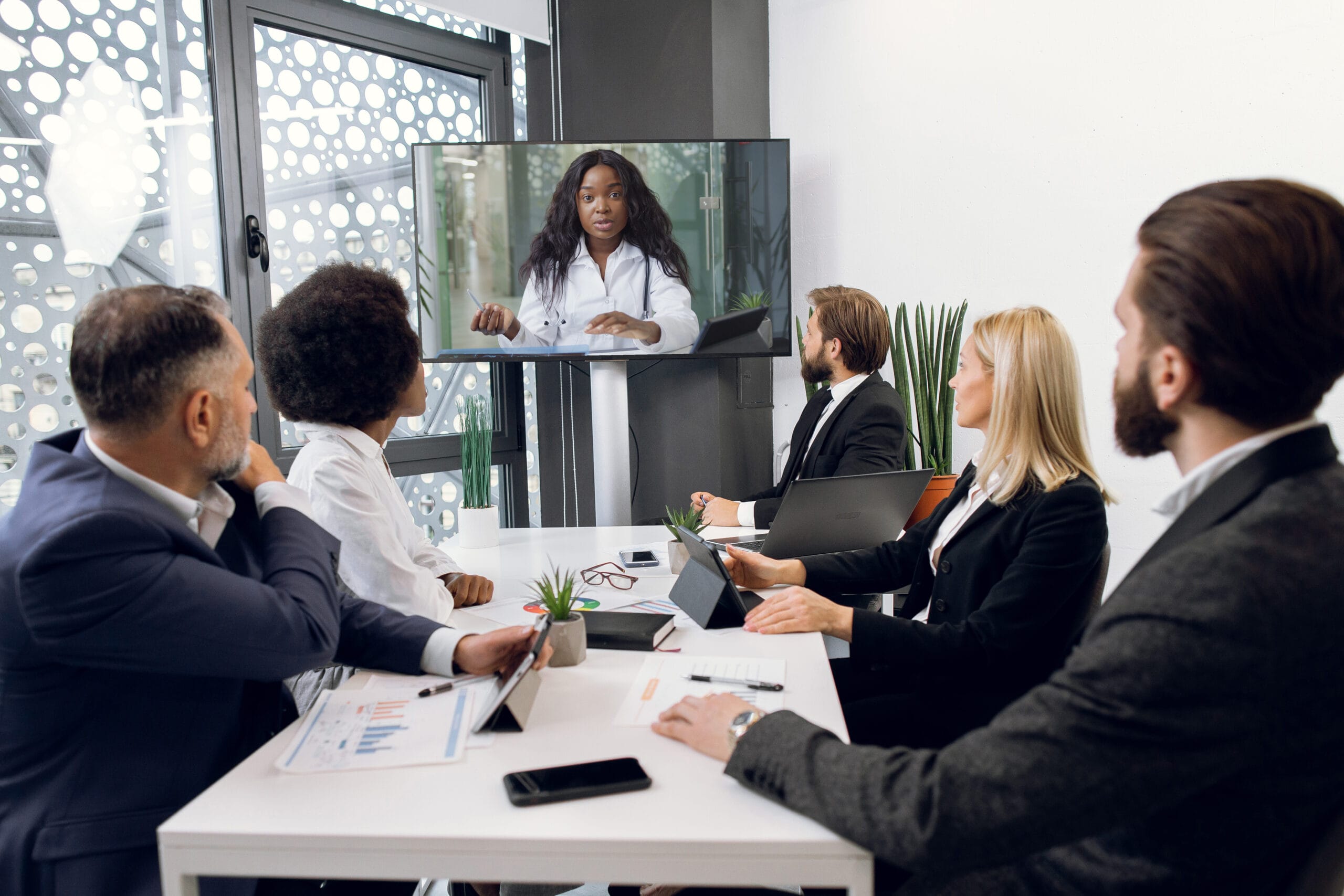Trial Presentation Dependable Solutions for Organizing and Presenting Evidence
Trial Presentation Dependable Solutions for Organizing and Presenting Evidence
Blog Article
Mastering Test Presentation: Tips for Engaging and Persuasive Courtroom Approaches
In the world of test discussion, the capability to engage and convince is critical. An effective court room approach hinges on recognizing the target market, crafting a compelling narrative, and using effective aesthetic help. The nuances of body language and the significance of technique can not be overlooked. Each of these elements plays an essential duty in shaping the jurors' understandings and choices. The obstacle lies in effortlessly integrating them into a natural presentation. What techniques can absolutely elevate a trial discussion from ordinary to remarkable?
Comprehending Your Audience
To properly understand trial discussion, it is important to recognize your audience. In the courtroom, your target market largely includes jurors, the court, and opposing guidance. Each group possesses distinct point of views, experiences, and predispositions that can influence their reception of your disagreements. Jurors, for example, are entrusted with translating proof and developing truths based upon their individual beliefs and worths. Understanding their demographics, backgrounds, and potential prejudices can help tailor your presentation to reverberate with them properly.

A recognition of the court's choices and court room rules is equally essential, as it can influence the circulation of your discussion. Judges might focus on brevity and quality, so presenting your situation in a simple way can boost your reliability. In addition, acknowledging the opposing advise's techniques can aid in preparing counterarguments that properly resolve their points.
Eventually, recognizing your audience allows you to involve them more effectively, promoting link and persuasion throughout the test (trial presentation). By leveraging insights regarding their inspirations and expectations, you can develop an engaging presentation that resonates and ultimately affects the outcome of the case. This foundational understanding is necessary for any kind of attorney aiming to achieve success in the court
Crafting an Engaging Story
A well-crafted narrative works as the foundation of a reliable trial discussion, guiding the audience via the intricacies of the case. This narrative must be structured to engage jurors emotionally and intellectually, making the realities relatable and understandable. By weaving together the components of the instance-- such as the timeline, key occasions, and pivotal statements-- attorneys can develop a systematic story that reverberates with jurors.
To attain this, it is vital to determine the central themes that will certainly drive the story. Lawyers need to focus on the motivations and goals of the events involved, illustrating the human aspects of the case (trial presentation). This technique not only preserves juror passion however also promotes empathy, leading them to link personally with the story
Each section of the narrative need to construct toward a compelling climax, culminating in a convincing verdict that strengthens article source the instance's core message. Eventually, a solid narrative not just clarifies the problems at hand but also develops a lasting impression that can influence the end result of the trial.
Using Visual Aids Successfully
Just how can visual aids enhance the efficiency of a trial presentation? Visual help work as powerful tools that can significantly improve juror understanding and retention of intricate info - trial presentation. When employed attentively, they can clear up bottom lines, illustrate connections, and highlight crucial evidence that supports the instance narrative
Effective visual aids include charts, charts, timelines, and photos, which can streamline intricate information and offer context. As an example, a timeline can succinctly communicate the sequence of events, while a chart can highlight statistical information in an aesthetically appealing manner. The calculated use multimedia presentations can additionally improve engagement and preserve juror rate of interest throughout the trial.
Furthermore, visual help can aid to stimulate emotional responses, reinforcing the human components of my link an instance. By presenting photographs or videos pertinent to the case, attorneys can develop a more engaging and relatable narrative. It is necessary to make certain that aesthetic help are skillfully designed and not excessively complicated, as this can lead to confusion rather than clarity.
Engaging Body Language Techniques
Aesthetic help are not the only devices that can enhance the efficiency of a trial presentation; involving body language strategies likewise play a crucial role in capturing juror focus and conveying confidence. A speaker's nonverbal cues can significantly influence jurors' assumptions and responses, making it crucial to grasp these methods.

Additionally, differing your vocal tone and speed can improve your narration, making it more compelling. Stopping purposefully permits jurors to absorb crucial details and signifies the value of what you are claiming. Relocating purposefully within the court room can aid strengthen your points, offered it does not sidetrack from your message.
Integrating these body language methods will not just enhance your courtroom presence however additionally promote a more convincing link with jurors, inevitably adding to the success of your test discussion.
Practicing for Effect
Effective trial discussions pivot not just on the material yet additionally on the distribution, making technique necessary for influence. The value of rehearsal can not be overstated; it allows attorneys to fine-tune their arguments and establish a powerful existence in the courtroom. Participating in calculated technique aids attorneys to identify their toughness and weaknesses, enabling them to adjust their pacing, tone, and body language accordingly.
To exercise for effect, simulate test conditions as carefully as possible. This includes making use of aesthetic help, practicing in front of colleagues, and obtaining useful feedback.

Conclusion
Understanding trial presentation includes a complex method that integrates audience understanding, narrative development, visual aids, and body language. Strenuous technique in substitute setups better solidifies these approaches, ensuring that each presentation reverberates and leaves a long-term perception on the court.
Report this page